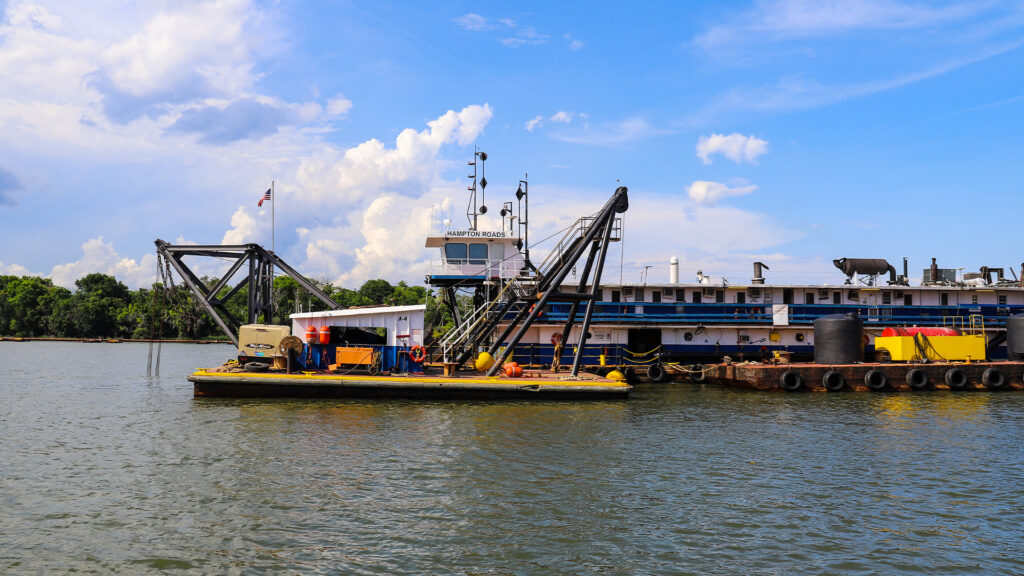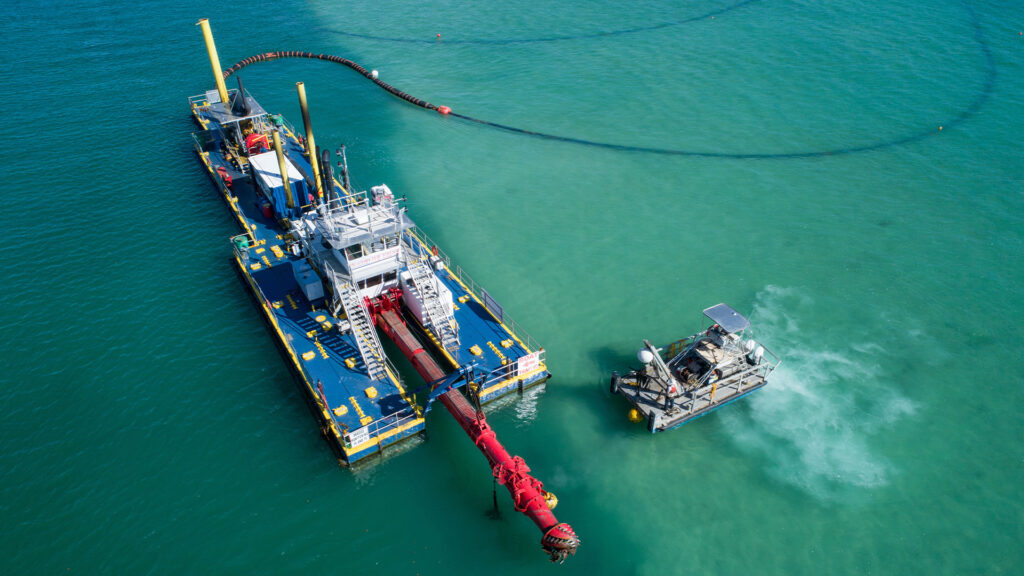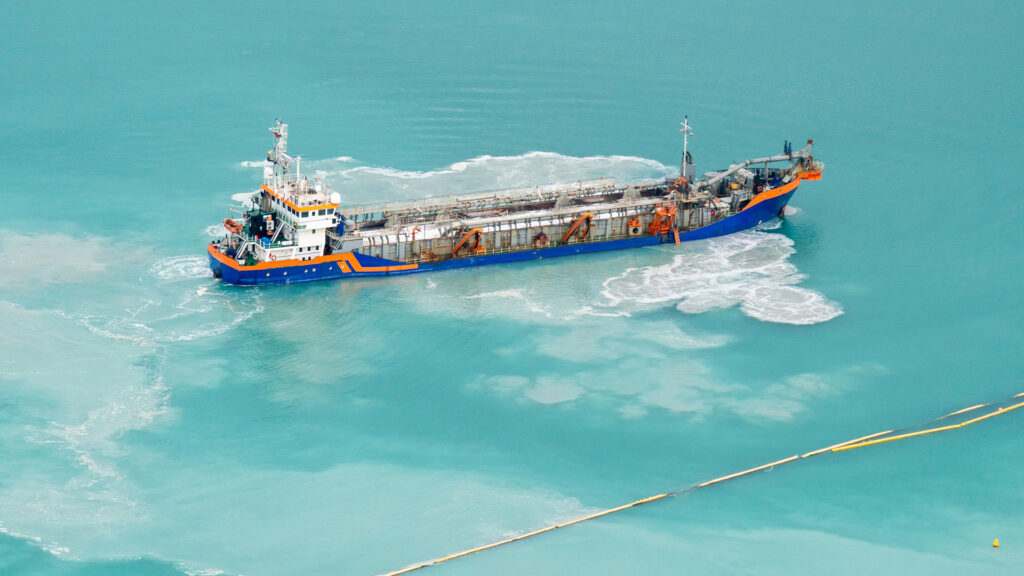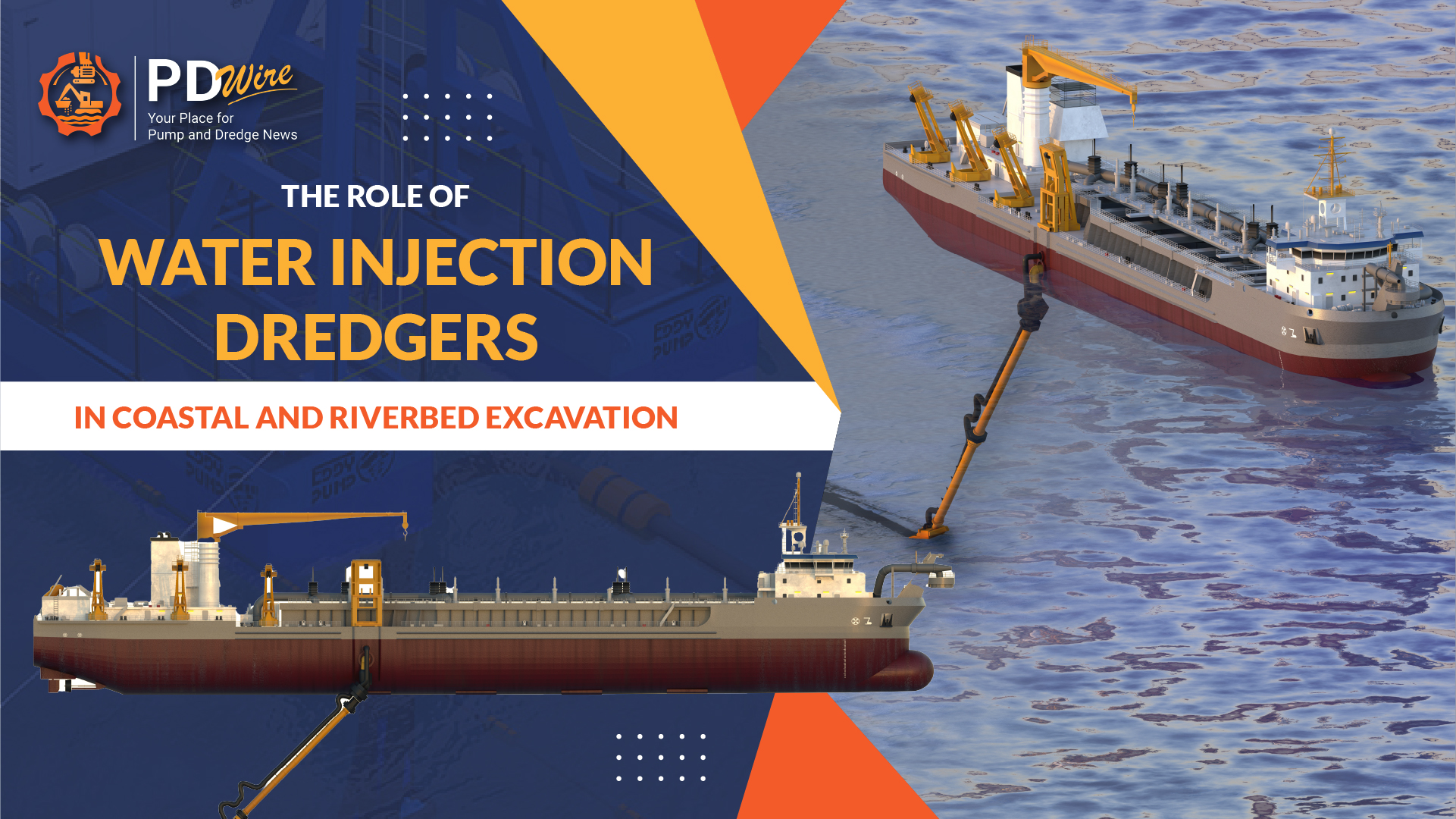- Introduction
- Understanding Water Injection Dredging (WID)
- Key Applications of Water Injection Dredgers
- Environmental and Economic Benefits of Water Injection Dredgers
- Enhancing Navigability and Flood Management
- Technical Advantages of Water Injection Dredgers
- Challenges and Limitations
- The Future of Water Injection Dredging
- Conclusion
Introduction
Dredging plays a crucial role in maintaining the functionality of waterways. As rivers and coastal areas naturally accumulate sediment, it helps keep these areas navigable for commercial shipping, recreational vessels, and flood management. With regular cleaning, ports, harbors, and rivers would avoid blockages, limiting economic activities and increasing the risk of flooding.
Traditionally, excavation methods have involved physically removing sediment using large machinery, which can often disrupt marine habitats and ecosystems. However, water injection systems offer an innovative approach to sediment management, particularly in sensitive environments. By utilizing the natural flow of water, they reduce the environmental footprint of removal activities while still effectively clearing unwanted sediment.
Understanding Water Injection Dredging (WID)
Water injection excavation is a modern, non-intrusive excavation technique that injects low-pressure water into the sediment layers of a riverbed or seabed. This process creates a sediment plume, allowing the naturally occurring water currents to transport the suspended particles away from the site. The key advantage of this method is that it relies on water movement to disperse sediments rather than removing them entirely as traditional excavation does.
Unlike mechanical dredgers, which scoop or suck up sediment and transport it elsewhere, Water Injection Dredgers use hydraulic systems to inject water into the bed, mobilizing the sediment. This method is particularly effective in areas where fine, loose sediments have accumulated over time. Once mobilized, the sediment moves with the current, either dispersing naturally or relocating to places where it can be safely deposited.
Key Applications of Water Injection Dredgers

Coastal Excavation for Beach Nourishment and Shoreline Restoration
Coastal areas are especially prone to erosion and sedimentation. Water injection excavation is increasingly used for beach nourishment, where sediment is redistributed to restore eroded beaches. By relying on natural currents, water injection Drillers minimize environmental disruption while improving coastal resilience.
Riverbed Excavation
Rivers frequently face challenges related to sediment buildup, particularly in channels that require regular maintenance for navigability. Water injection excavation provides an efficient solution for riverbed excavation by maintaining or deepening channels. This is crucial for inland shipping routes that depend on consistent water depths.
Clearing Ports and Harbors
Ports and harbors are essential for global trade, and maintaining their depths is critical. Sediment accumulation in these areas can reduce the depth available for ships, hindering operations. Water Injection Dredgers can efficiently clear these areas with minimal environmental disturbance, ensuring ports remain open and functional.
Environmental Remediation
Traditional sediment removal methods can spread harmful materials further in areas where sediments may be contaminated. Water Injection Dredgers offer a less invasive alternative by mobilizing the sediment in a controlled manner. This makes them ideal for environmental remediation projects, where precision is required to remove or relocate contaminated sediments without disturbing surrounding ecosystems.
Environmental and Economic Benefits of Water Injection Dredgers

Low Environmental Impact
One of the major advantages of this process is its minimal environmental footprint. Unlike traditional methods, which can generate high levels of turbidity and disrupt marine life, water injection Drillers work gently within the ecosystem. The infusion of water creates less disturbance, making it a more environmentally friendly choice.
Reduced Turbidity and Habitat Disruption
Turbidity, or the cloudiness of water caused by stirred-up sediments, is a common problem in the traditional method of sediment removal process. High turbidity can harm marine species, particularly those that rely on clear waters to thrive. With Water Injection Dredgers, the sediment is mobilized in smaller quantities, reducing the overall cloudiness and protecting marine habitats.
Energy-Efficient and Cost-Effective
Water Injection Dredgers are less energy-intensive than traditional machinery. This leads to lower operational costs, making Water injection excavation systems an attractive option for smaller and medium-scale projects. Additionally, the ability to dredge in real-time without the need for sediment transportation significantly reduces logistical expenses.
Real-World Examples
Water injection Drillers have been successfully implemented in environmentally sensitive areas in various projects worldwide. For example, the method was used in the Dutch Wadden Sea, an area with strict environmental regulations, to maintain navigability without harming local ecosystems. This highlights the potential of water injection excavation for projects that demand exceptional ecological sensitivity.
Enhancing Navigability and Flood Management

Preventing Sediment Buildup
Sediment buildup in river channels and coastal areas can drastically reduce navigability. By regularly employing Water Injection Dredgers, sediment is continuously mobilized and carried away by natural currents, preventing dangerous accumulations that can block waterways.
Improving Commercial Shipping and Recreation
Clear and navigable waterways are essential for both commercial and recreational vessels. Water Injection systems enhance these pathways by ensuring that sediment does not hinder ship movement. This is particularly important for shipping companies that depend on reliable navigation to transport goods efficiently.
Supporting Flood Management
Sediment accumulation can also obstruct water flow, increasing the risk of flooding in vulnerable areas. By keeping riverbeds and coastal channels clear, water injection methods play a crucial role in flood management efforts, reducing the risk of water blockages during high rainfall or storm events.
Technical Advantages of Water Injection Dredgers
Non-Intrusive Approach
Unlike traditional dredgers, which can disrupt the seabed or riverbed, the Water Injection system offers a nonintrusive method. The gentle injection of water reduces the risk of damaging sensitive habitats and minimizes the impact on marine life.
Access to Difficult Areas
Water Injection systems can be used in areas that are difficult for traditional equipment to access, such as shallow waters or regions with sensitive ecosystems. Their flexibility allows for excavation in locations that were previously deemed impractical for mechanical methods.
Real-Time Monitoring and Control
Water injection excavation systems come equipped with real-time monitoring tools that allow operators to control the removal process with precision. This ensures that only targeted areas are excavated, reducing the risk of over-excavation or unintended disruption.
Challenges and Limitations
Ineffective in Certain Conditions
While Water injection excavation is highly effective for fine sediments, it may need help in areas with hard-packed materials. The method relies on the mobilization of loose sediments, so areas with compacted soil or rocks may require alternative methods.
Environmental Concerns
Despite its benefits, water injection excavation can raise concerns about sediment redistribution, particularly if currents carry suspended sediments to unintended locations. Careful planning and environmental assessments are necessary to ensure that dredged sediments do not cause harm elsewhere.
The Future of Water Injection Dredging
Technological Advancements
Ongoing improvements in Water Injection Dredgers are enhancing their precision and efficiency. Advancements such as better sediment monitoring systems and more accurate water injection techniques are making water injection a more viable option for large-scale projects.
Growing Demand for Environmentally Friendly Solutions
As environmental regulations become stricter, the demand for eco-friendly solutions like water injection dredging is increasing. This method offers a sustainable approach to managing sediment, making it an essential tool for future operations.
Climate Change and Coastal Resilience
With the growing need for coastal resilience in the face of rising sea levels and more frequent storms, Water Injection systems are expected to play a vital role in climate adaptation projects. Their ability to manage sediment efficiently makes them an important tool in building and maintaining resilient coastlines.
Conclusion
Water injection systems are transforming sediment management in coastal and riverbed excavation. Their low environmental impact, cost-effectiveness, and technical advantages make them a promising solution for modern excavation operations. As technology continues to evolve and the demand for sustainable methods grows, water injection excavation techniques will play an increasingly important role in maintaining navigable waterways and protecting vulnerable environments.
